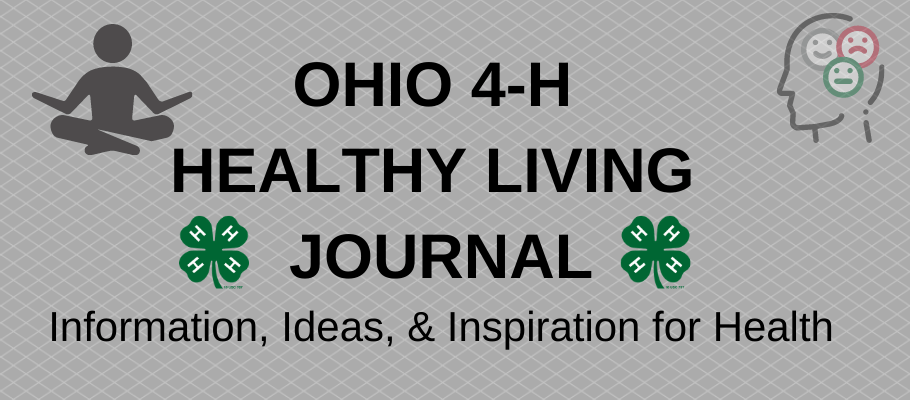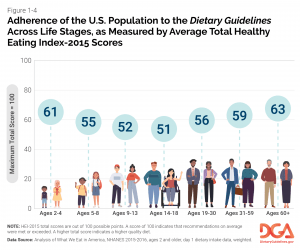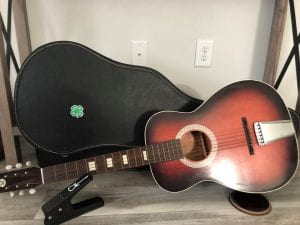 “Just breathe!” is advice we may have heard as we prepared for exams and other big events. We breathe in and out all the time, without thinking. Surely it can’t be as simple as just breathing. Actually, it’s good advice, and it is something that we can learn to use to our advantage. In this post we’ll discuss ways you can “just breathe” to manage stress.
“Just breathe!” is advice we may have heard as we prepared for exams and other big events. We breathe in and out all the time, without thinking. Surely it can’t be as simple as just breathing. Actually, it’s good advice, and it is something that we can learn to use to our advantage. In this post we’ll discuss ways you can “just breathe” to manage stress.
Recognizing and managing stress is an important life skill to learn. The stress response is actually a series of responses that begin in the brain. Your brain sends a distress signal (in the form of hormones) to other parts of the body, such as those that control breathing and blood circulation. They are part of the body’s automatic response, and they happen so quickly we’re not really aware of it, we just feel the effects. The key is to interrupt this process. Because deep breathing techniques shift that focus, they are one of the best ways to calm yourself when you feel stressed.
Some key points about breathing:
- Breathing affects the whole body.
- Breathing exercises are easy to learn.
- You can try different techniques to find out which work best for you.
How does breathing work to manage stress? Researchers are working to better understand how stress and breathing affect the brain. We know deep breathing increases the oxygen supply to the brain. It appears that focused breathing activates parts of the brain that control emotions. It relaxes the nervous system, and therefore it also improves mental concentration, learning capacity, and decision making. Slow, deep breathing helps you concentrate, and therefore it helps you to disengage from distracting thoughts and sensations. When you find yourself drifting, bring your focus back to your breath.
The good news: Focused breathing exercises can be simple, quick, and done almost anywhere.
Here are two of my favorite breathing exercises.
1) Alternate Nostril Breathing **Caution those with asthma to avoid this exercise.
- Stand or sit up tall.
- Use your index finger and thumb of your right hand for this exercise.
- Start by pressing your index finger over your left nostril. Inhale slowly through your right nostril.
- Press your thumb over your right nostril and at the same time lift your index finger away from your left nostril. Exhale slowly through your left nostril.
- Once you have exhaled completely, inhale slowly through your left nostril.
- Press your index finger over your left nostril and exhale slowly through your right nostril.
- Repeat at least three times.
2) Countdown to Calm
- Stand or sit up tall.
- Inhale slowly, and using one hand, lift one finger at a time as you count to 5.
- Exhale slowly, and as you do so, lower one finger at a time as you count backwards from 5.
- Repeat at least three times.
Today’s Take-Away: Focused breathing exercises can be simple, quick, and done almost anywhere. You can download a tip sheet with the two breathing techniques above, as well as five more. I hope you’ll find one or more that you can make part of your stress management toolbox.
Justin Bower, 4-H Educator in Logan County, has recorded a 23-minute presentation titled Continuing to Cope with COVID. He discusses lots of techniques to support physical, emotional, and mental health, including breathing. Check it out!
Remember, you can sign up for the Healthy Body Healthy Mind SPIN Club that starts next week on January 19 and runs once a week for 6 weeks. You can also find more resources on the Ohio 4-H webpage.
In addition to ways to focus our breathing, there are two other ways to help with the build up of stress: physical activity and social support. We’ll be covering these topics in future posts. Come back for more information and ideas.
Yours in Health,
Theresa Ferrari, Extension Specialist, 4-H Youth Development
Breathing exercises from “Just Breathe!” in the Coping with COVID: Lesson Plans to Promote Mental, Emotional, and Social Health.





















